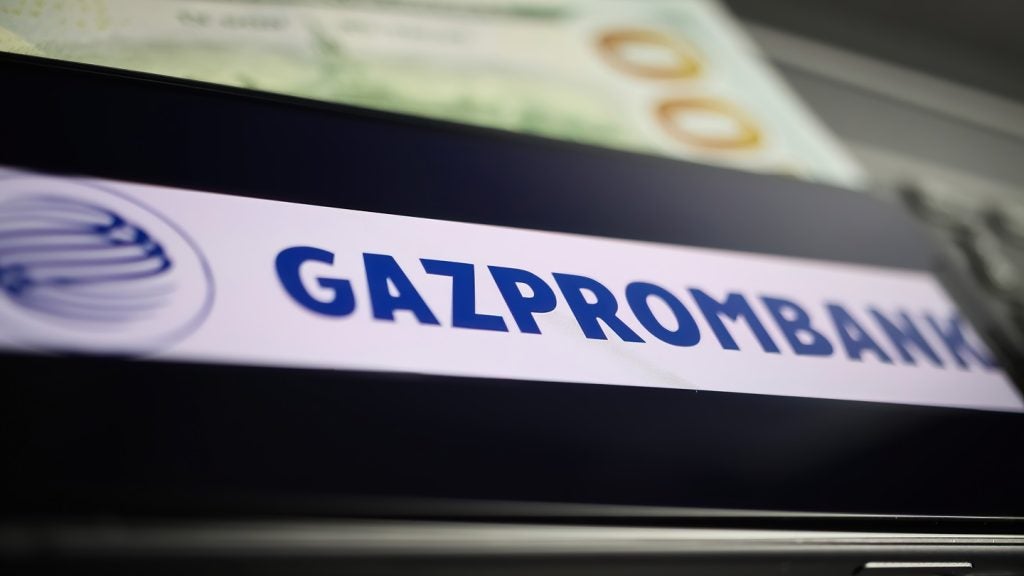Despite increasing competition and thinning profit
margins making a dent in ING Direct’s profits for the first time in
2007, the unit is busily pushing into new markets and developing
its product portfolio. Its bold, forthcoming launch in Japan is
perhaps the company’s most important – and risky – strategic
push.
After ten profitable years pioneering the direct banking model
across the world, will ING Direct find the next ten years
altogether tougher?
Increasing competition and thinning profit margins, coupled with
rises in costs, made a serious dent in its profits for the first
time in 2007 – a 2.6 percent fall in half-yearly profit this year,
from €345 million ($480 million) to €336 million in H106, and an
even bigger 10 percent fall between the second quarter of 2007 and
Q206.
It also reported a loss in the UK for the first half of the year (a
market it had just begun to make a profit in) and a 67 percent fall
in profits in the US.
Despite the profit weakness, Dutch insurance giant ING remains
bullish on the prospects of its online banking unit. The subsidiary
added around 500,000 new customers in the second quarter of 2007,
bringing its global total to 18.7 million, and total client retail
balances (funds entrusted, off-balance sheet funds, mortgages and
consumer loans) increased to €302 billion. ING has said it will
spend an additional €65 million promoting the ING Direct brand
across the second half of the year to accelerate what it describes
as the “commercial growth of ING Direct at the expense of
short-term profit”. ING said acquisition and growth costs totalled
€90 million for ING Direct in the second quarter, split between
three of its biggest long-term “value creation” programmes:
mortgages (€66 million), payment accounts (€19 million) and the
forthcoming, high-profile entry into Japan (€5 million).

Boldest attempts yet to
break into Japan
The biggest strategic move – and the most risky – is the launch of
a high interest savings service in Japan in November, one of the
boldest attempts by a foreign bank to break into Japan’s
undercompetitive retail savings market. But the roll-out comes at a
time of significant upheaval in the Japanese retail banking market,
with sharply lower profits from the main banking groups and turmoil
in the consumer finance industry (see
RBI 577).
In a research note on ING, investment bank Keefe, Bruyette &
Woods (KBW) said: “[ING’s overall] growth engines are not
performing as well as was presumed; and overall earnings are still
dominated by Benelux bancassurance, where growth is likely to be
very low… there is no doubt that ING is under pressure to improve
its performance. [But] while we believe we have not been too
pessimistic in our forecasts, ING Direct’s Japan roll-out and the
new US product suite are potential positive surprises.”
How well do you really know your competitors?
Access the most comprehensive Company Profiles on the market, powered by GlobalData. Save hours of research. Gain competitive edge.

Thank you!
Your download email will arrive shortly
Not ready to buy yet? Download a free sample
We are confident about the unique quality of our Company Profiles. However, we want you to make the most beneficial decision for your business, so we offer a free sample that you can download by submitting the below form
By GlobalDataAs well as launching in Japan, ING Direct’s other initiatives
include marketing campaigns in more US cities; launching online
payment accounts in up to three new additional countries on top of
the recent launch in the US; and a continued focus on growing its
mortgage portfolio.
Its total mortgage balance, for instance, grew to €83 billion by
the end of June this year. The value of its mortgage portfolio is
now equal to 42 percent of deposits; ING is forecasting it to be 50
percent by 2009.
In its research note, KBW says it believes ING Direct is capable of
double-digit profit growth up to 2010, both from additional
geographic expansion and from selling other products to the
existing customer base.
“We see significant progress from the full roll-out in the US,
where marketing campaigns have started in Chicago, Atlanta and
Miami, which should expand the coverage of the US population from
40 percent to more than 50 percent. We assume further activity to
push this up to over 60 percent in 2008/09. [And] we see
significant potential for Japan, with an assumed build-up over 2008
and 2009.”

A phenomenal success
Overall, however, the investment bank says ING
Direct’s profitability will depend on finding the right balance
between interest margin and costs. “ING Direct has been a
phenomenal success and it is doing mostly the right things to
continue this. However, more competitive markets and the structural
issues of broadening the product range suggest that profit progress
may still be slower,” said Chris Hitchings, a KBW banking
analyst.
“It is clear that ING Direct tried in late 2005 and 2006 to improve
its deposit account margins by reducing the competitive positioning
of its rates. It would seem that the cost to total deposits was
rather higher than it had expected and that, in 1Q07, there has
been a distinct move in the other direction. This would seem to
confirm our jibe that ING Direct now produces strong profits or
growth, never both at the same time.”







